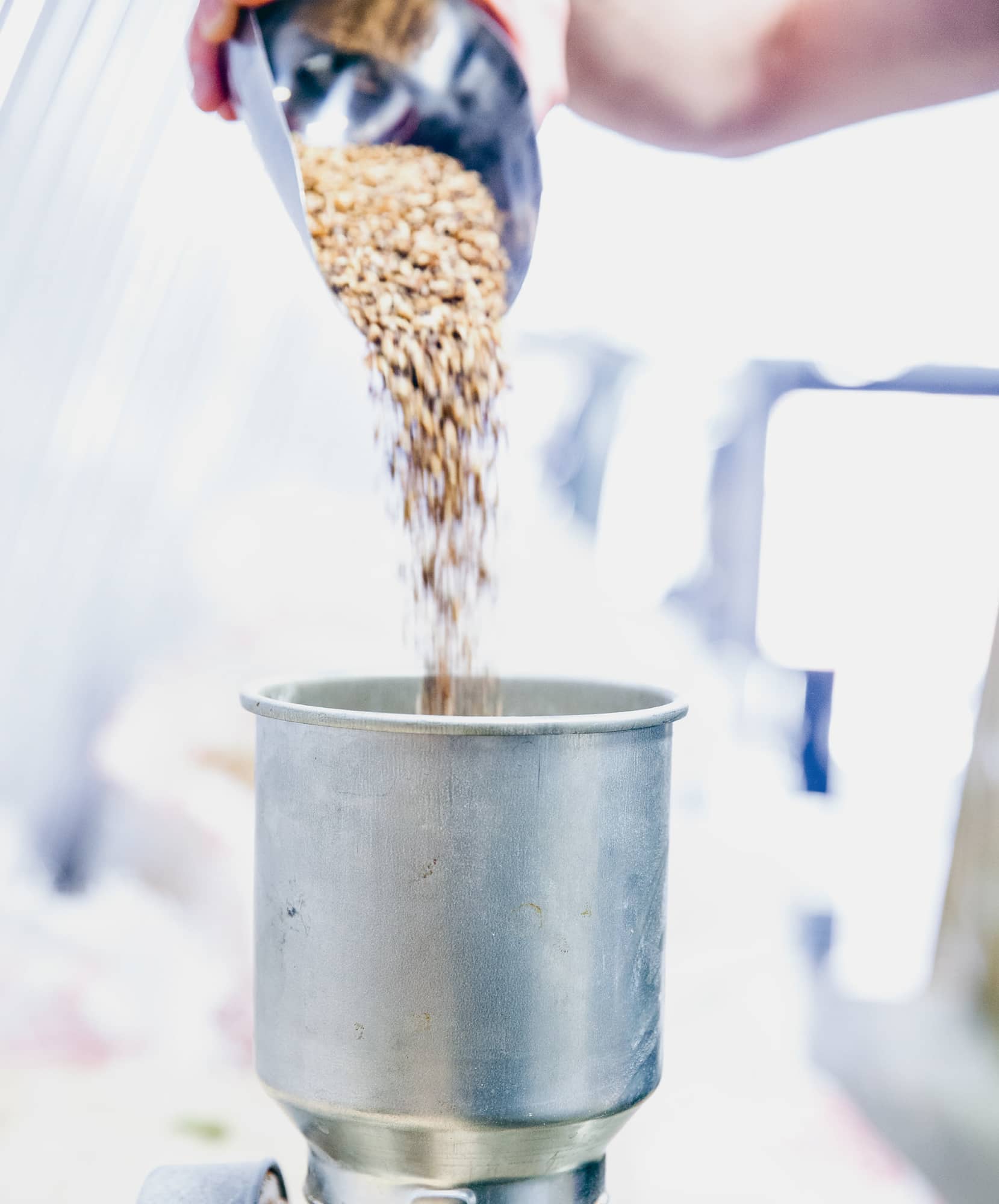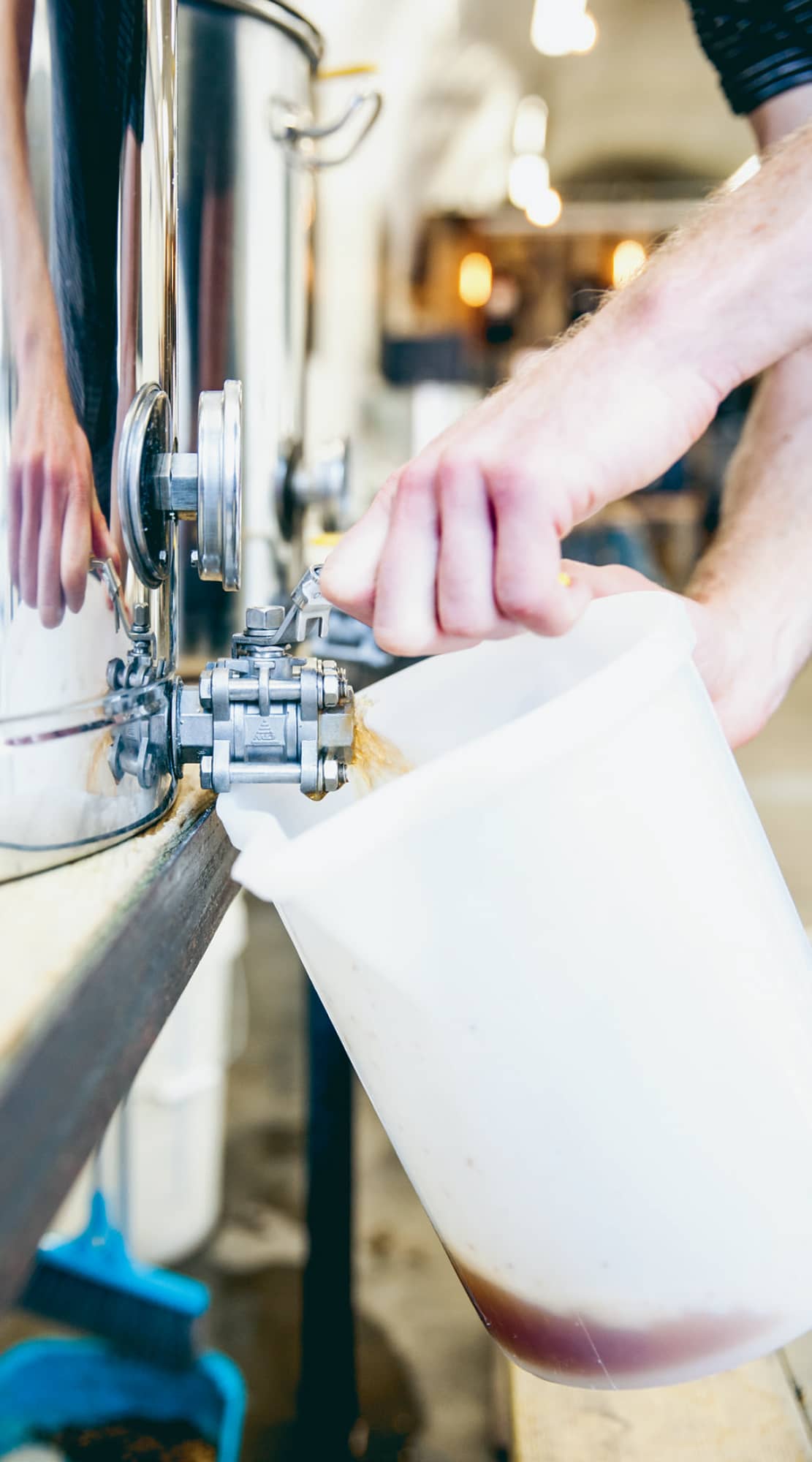Introduction

Why brew your own beer? After all, pubs are full of it; the shelves of bottle shops groan under the weight of all those lovely stouts, pale ales and lagers. Can you really make it better than a professional? The answer to that is: maybe, maybe not, but it doesn’t really matter. Brewing your own beer is fun, satisfying and creative.

The life-affirming qualities of fermented grain have been known to humans since at least 9000BC, and today it’s the world’s most popular alcoholic beverage. There’s been a lot of excited talk about a ‘renaissance’ or ‘revolution’ in beer, which might seem odd, given that it never went away. But it’s the way we think about beer that’s changing: its versatility, taste, strength, potential, even its place in society. At the heart of this is what’s come to be known as craft beer.

What is craft beer?
‘Craft’. Does that word in front actually mean anything? Some people say craft brewers have a small output. Well, compared to a brand like Budweiser, perhaps they do. But Lagunitas, for instance, produced 600,000 barrels of beer in 2014 at its California site. Other people think craft brewers are all independent. For the most part, that’s true: craft beer lovers will tell you that a brew free of the taint of big money tastes much sweeter. Others claim that craft beer has in-your-face flavours and cancel-tomorrow ABVs, and is full of ingredients that don’t belong anywhere near beer, like foraged herbs or grapefruit or tonka beans. But try Marble’s Manchester Bitter, a modern interpretation of an old, old style, which sits down beside you for a gentle cuddle rather than whacking you over the head: things become less clear-cut. So let’s make our own definition – craft beer is about values over volume, it’s about spirit over finance, it’s about soul over cynicism. If that sounds like the sort of thing you like, then craft beer is for you.
And this book will help you not only become a craft beer drinker but a craft beer brewer. Homebrewing is an integral part of the craft beer revolution – most commercial craft brewers started making it at home and there’s still a close connection between them, their product and the people who drink it.
The world’s best breweries
All the recipes here come direct from the world’s most exciting, groundbreaking, fearless and uncompromising breweries. Take inspiration: having a go at Mikkeller’s Cream Ale or Gigantic’s Ginormous imperial IPA is much more enticing than making plain old generic versions. Start with something simple and move on when you feel like you’re getting to grips with the techniques and you understand your equipment. And when you get more confident, use the recipes as springboards to dive off into your own creations – more/fewer/different hops at different stages, a touch of roasted malt or rye or oatmeal, complementary ingredients like fruit, herbs, spices, tea, chocolate, vanilla, coffee… You’re only limited by your imagination.

Kit, extract and all-grain

Anyone can buy kits that contain everything to make beer. (Well, a sort-of beer.) Open a packet of mixed malt-and-hop extract, pour it in a bucket with some water, wait a while, drink: more or less, that’s it. But you can also buy microwaveable meals and flatpack furniture – it doesn’t mean you should. You may get a passable approximation of a distant relative of beer from a kit, but it will lack life and will provide a mere droplet of the enjoyment that comes from brewing from scratch. The next progression from kit brewing is to use dried malt extract in place of fermentable grain: extract brewing uses a soluble powder or syrupy substance in the mashing stage. This can lead to decent beer, and many homebrew journeys begin this way. It’s easier, certainly, but will probably leave you feeling like you’re missing out on the mistakes, trials and triumphs of real brewing. This book recommends taking the plunge and going all-grain from the start. You’ll learn heaps from your misses and miscalculations. So here, all recipes are all-grain – using real malt and real hops. It involves a bit more work, but it’s worth it.

And is ‘craft’ homebrewing any different from regular homebrewing? In theory, maybe not, but in principle, yes. Homebrewing as we know it today hasn’t been a historically continuous practice (at least not a legal one). In Britain, for instance, homebrewing regulations insisted upon a licence until 1963; in the US, making beer at home with a higher ABV than 0.5% was illegal until 1978. Early exponents of late twentieth-century homebrewing were often attracted by financial benefits rather than creative ones, giving the practice an unenviable reputation for producing sinister buckets of undrinkable sludge (a reputation it struggled to shake off for a long time). The new generation of homebrewers find inspiration in the huge range of ingredients and beers they find within their reach.
So now, your local bottle shop or bar sells beer brewed thousands of miles away (hopefully as well as a lot brewed within walking distance). Beavertown’s Smog Rocket porter, made in north London, is available in North America. Kiwis can wake up to Mikkeller’s famous Beer Geek Breakfast oatmeal stout; a whole hemisphere away in Denmark, Mikkeller’s online shop sells beer from New Zealand’s estimable 8-Wired. Homebrew shops sell hops from all over the world, from classic English varieties like Fuggles or Bramling Cross to Australia’s tropical Galaxy. You can buy malted grains of every colour – from tried-and-trusted barley to spelt, buckwheat and rye. If you’re a craft beer drinker, you probably have a good idea what a saison or a witbier or a cherry sour or an imperial stout tastes like. You probably have your favourites. And now there’s nothing stopping you from making your own.

Start simple, then experiment
Before you start your journey into homebrewing, remember: a recipe is just a starting point. In this book they come straight from the breweries and have been formulated and tweaked for their own processes, which are probably very different from yours. You should consider your first brew to be a test. Keep records. Also, your own equipment is just as important as ingredients; as is taking accurate measurements, hitting targets, experimenting, practising, balancing ratios and consistency.